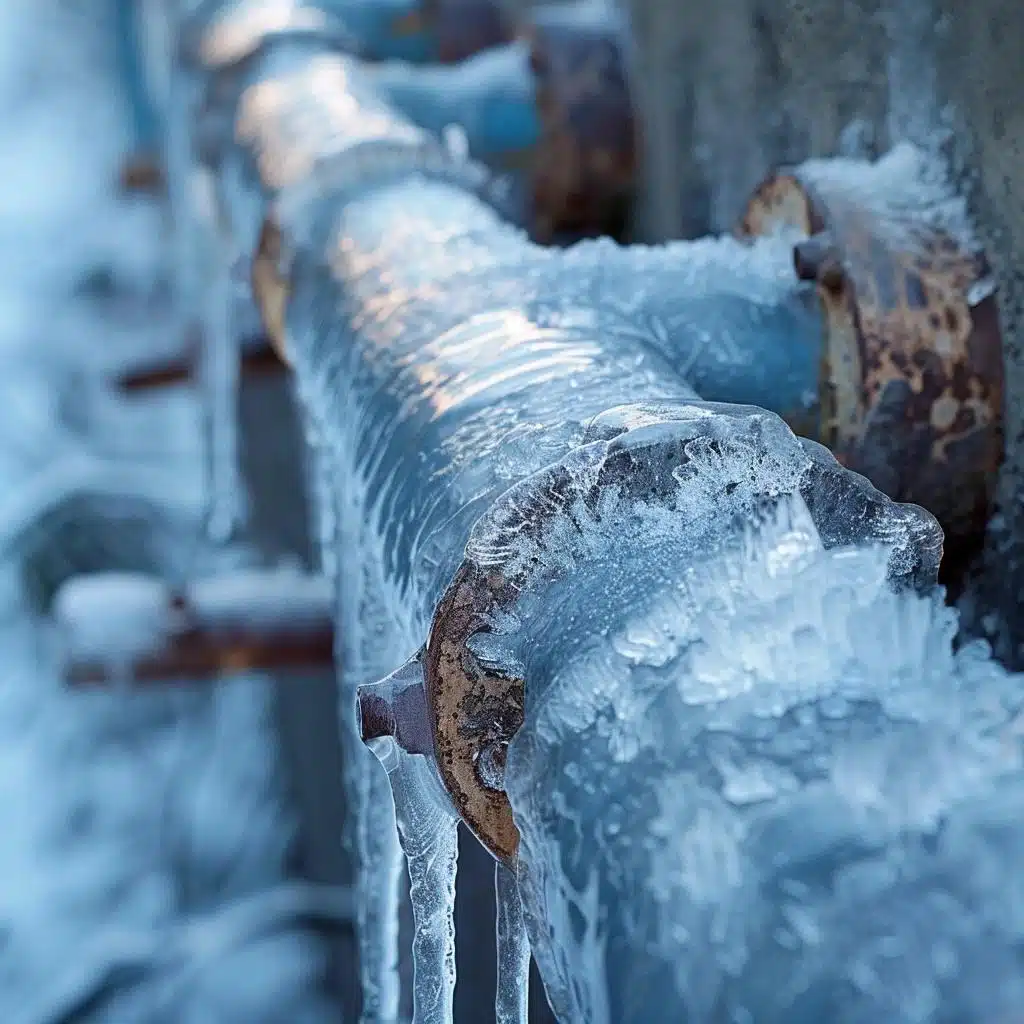Protecting Against Frozen Plumbing in Winter: Critical Tips
Protecting Against Frozen Plumbing in Winter: Critical Tips
Blog Article
On this page down the page you can locate more dependable ideas around How To Avoid Freezing Pipes.

Winter can damage your pipes, especially by freezing pipelines. Here's exactly how to prevent it from occurring and what to do if it does.
Introduction
As temperature levels decrease, the risk of frozen pipelines rises, potentially bring about expensive repair work and water damages. Comprehending exactly how to prevent frozen pipelines is essential for homeowners in cool environments.
Avoidance Tips
Insulating susceptible pipes
Wrap pipelines in insulation sleeves or make use of warmth tape to protect them from freezing temperature levels. Focus on pipelines in unheated or outside locations of the home.
Home heating strategies
Keep indoor rooms appropriately warmed, especially locations with pipes. Open closet doors to permit cozy air to circulate around pipes under sinks.
How to identify frozen pipelines
Search for lowered water flow from taps, unusual odors or sounds from pipes, and noticeable frost on subjected pipelines.
Long-Term Solutions
Architectural modifications
Consider rerouting pipes far from outside wall surfaces or unheated locations. Add additional insulation to attics, basements, and crawl spaces.
Updating insulation
Invest in top quality insulation for pipes, attics, and walls. Correct insulation aids keep constant temperature levels and minimizes the risk of icy pipelines.
Protecting Outdoor Pipes
Yard tubes and exterior taps
Separate and drain pipes garden hoses before winter. Install frost-proof faucets or cover exterior taps with protected caps.
Recognizing Frozen Pipes
What causes pipelines to ice up?
Pipes ice up when revealed to temperature levels below 32 ° F (0 ° C) for prolonged periods. As water inside the pipes freezes, it expands, taxing the pipeline wall surfaces and potentially creating them to rupture.
Risks and damages
Frozen pipelines can lead to water system disruptions, residential property damages, and expensive fixings. Burst pipes can flooding homes and trigger considerable structural damage.
Indications of Frozen Piping
Determining icy pipelines early can stop them from rupturing.
What to Do If Your Pipelines Freeze
Immediate activities to take
If you suspect frozen pipelines, keep taps available to soothe pressure as the ice thaws. Make use of a hairdryer or towels soaked in warm water to thaw pipes gradually.
Final thought
Protecting against frozen pipes requires positive measures and fast actions. By comprehending the causes, indications, and preventive measures, house owners can shield their plumbing during winter.
6 Proven Ways to Prevent Frozen Pipes and Protect Your Home
Disconnect and Drain Garden Hoses
Before winter arrives, start by disconnecting your garden hoses and draining any remaining water. Close the shut-off valves that supply outdoor hose bibs and leave the outdoor faucet open to allow any residual water to drain. For extra protection, consider using faucet covers throughout the colder months. It’s also important to drain water from any sprinkler supply lines following the manufacturer’s directions.
Insulate Exposed Pipes
Insulating your pipes is an effective way to prevent freezing. Pipe insulation is readily available at home improvement stores and is relatively inexpensive. Pay close attention to pipes in unheated areas such as the attic, basement, crawl spaces, or garage. Apply foam insulation generously to create a buffer against the cold. You can also wrap your pipes in heat tape or thermostat-controlled heat cables for added warmth.
Seal Air Leaks
Inspect your home for any cracks or openings that could let in cold air. Seal any holes around the piping in interior or exterior walls, as well as the sill plates where your home rests on its foundation. Additionally, make sure to keep your garage door closed unless you’re entering or exiting. Leaving it open creates a significant air leak that can lead to frozen pipes.
Allow Warm Air Circulation
During cold snaps, it’s essential to allow warm air to circulate evenly throughout your home. Leave interior doors ajar to promote better airflow. Open kitchen and bathroom cabinets to help distribute heat consistently around the rooms. If you have small children or pets, be sure to remove any household chemicals or potentially harmful cleaners from open cabinets for safety.
Let Faucets Drip
A small trickle of water can make a big difference in preventing ice formation inside your pipes. When temperatures drop significantly, start a drip of water from all faucets served by exposed pipes. This continuous flow helps prevent the water from freezing. Additionally, running a few faucets slightly can relieve pressure inside the pipes, reducing the chances of a rupture if the water inside does freeze.
https://choateshvac.com/6-proven-ways-to-prevent-frozen-pipes-and-protect-your-home/

I am very fascinated by Preventing and dealing with frozen pipes and I'm hoping you enjoyed my post. Do you know about another individual who is intrigued by the niche? Why not promote it. Thanks for going through it.
Call Today Report this page